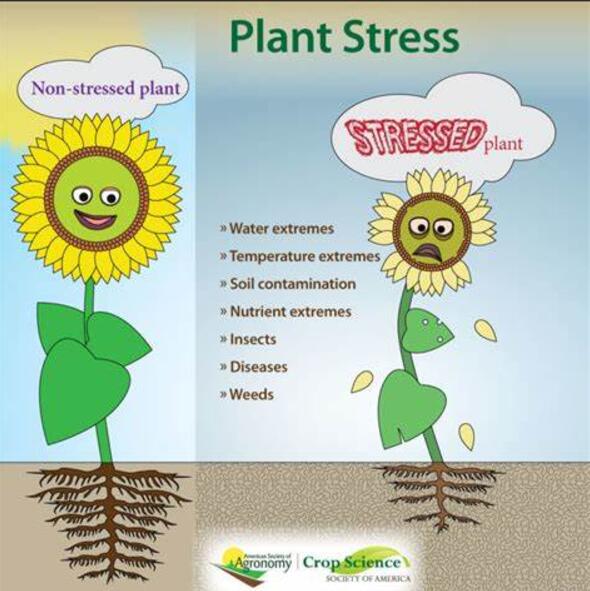Mapping spatial heterogeneity of non-structural carbohydrates in Haloxylon ammodendron using remote sensing in extreme desert environments
IF 6.8
Q1 PLANT SCIENCES
引用次数: 0
Abstract
Arid regions occupy 40 % of the Earth's land surface and play a significant role in the global carbon budget. Dominant desert shrub Haloxylon ammodendron, which thrives under extreme climatic conditions, contributes substantially to the stability of desert ecosystems. However, its species distribution patterns and carbon spatial dynamics in deserts remain unknown. Based on our newly development “Satellite-Airborne-Field” Ensemble learning platform for Systematic plant CArbohydrate estimation in Nature (SAFESCAN), we accurately estimated the spatial patterns of non-structural carbohydrate (NSC) content in leaves (LNSC) and branches (BNSC), with R² values of 0.83 and 0.72, respectively. This analysis incorporated 51 environmental variables and 564 samples collected from 81 subplots across multiple temperate deserts between 75°E and 115°E. The results identified the northern Gurbantunggut Desert and western edges of the Taklamakan Desert in Xinjiang as primary distribution areas for H. ammodendron, with northern Inner Mongolia and northern Qinghai also suitable for its survival. LNSC showed a west-to-east decreasing trend, while BNSC exhibited an increasing trend. The SAFESCAN platform demonstrated strong predictive capacity for shrub-dominated arid regions but may overestimate the relationship between NSC content and certain environmental variables. By integrating macro-scale species distribution patterns and local individual patterns of H. ammodendron, SAFESCAN provides NSC content maps, laying the foundation for future efforts in desert plant conservation and cultivation.
求助全文
约1分钟内获得全文
求助全文
来源期刊

Plant Stress
PLANT SCIENCES-
CiteScore
5.20
自引率
8.00%
发文量
76
审稿时长
63 days
期刊介绍:
The journal Plant Stress deals with plant (or other photoautotrophs, such as algae, cyanobacteria and lichens) responses to abiotic and biotic stress factors that can result in limited growth and productivity. Such responses can be analyzed and described at a physiological, biochemical and molecular level. Experimental approaches/technologies aiming to improve growth and productivity with a potential for downstream validation under stress conditions will also be considered. Both fundamental and applied research manuscripts are welcome, provided that clear mechanistic hypotheses are made and descriptive approaches are avoided. In addition, high-quality review articles will also be considered, provided they follow a critical approach and stimulate thought for future research avenues.
Plant Stress welcomes high-quality manuscripts related (but not limited) to interactions between plants and:
Lack of water (drought) and excess (flooding),
Salinity stress,
Elevated temperature and/or low temperature (chilling and freezing),
Hypoxia and/or anoxia,
Mineral nutrient excess and/or deficiency,
Heavy metals and/or metalloids,
Plant priming (chemical, biological, physiological, nanomaterial, biostimulant) approaches for improved stress protection,
Viral, phytoplasma, bacterial and fungal plant-pathogen interactions.
The journal welcomes basic and applied research articles, as well as review articles and short communications. All submitted manuscripts will be subject to a thorough peer-reviewing process.
 求助内容:
求助内容: 应助结果提醒方式:
应助结果提醒方式:


